The How and Why of Hatching
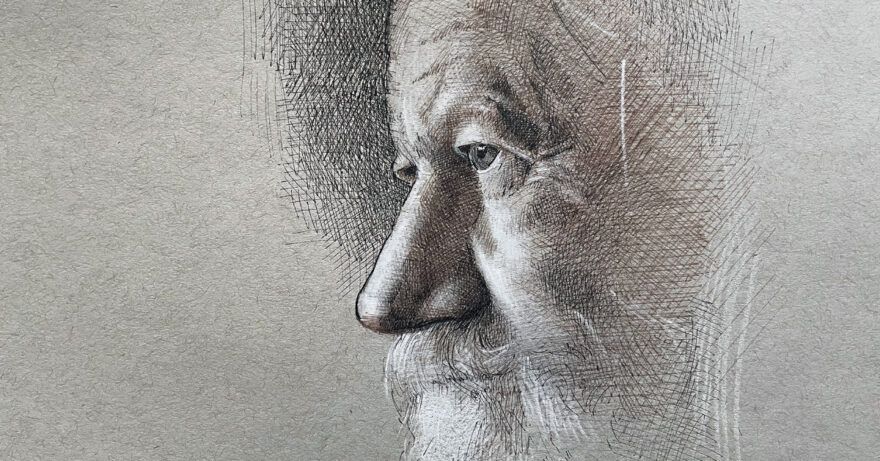
Discover how to use hatching to build tone in your images through controlled lines! By adjusting the thickness and spacing of each line, you can manipulate the ratio between the drawn material and the surface underneath to control both value and color with precision. Whether you want to create volume, soften edges, add expression, or blend colors, hatching provides an incredibly versatile technique to achieve stunning results!
Hatching
Building lines parallel to one another is called “hatching.” By controlling how light and heavy, or thin and thick these lines are, artists can control values. Thin lines and wider spacing between the lines create lighter values. Heavy lines with tighter spacing create darker values.
Tip: Practice going slowly at first. Creating evenly-spaced, consistent marks takes practice and patience. Starting slowly helps to lock in a healthy technique that will speed up over time.
Cross-Hatching
Additional layers of hatching can be applied on top of one another. Layers of hatching that cross over each other at distinct angles is called cross-hatching. In general, this creates the appearance of smoother values when viewed at a distance.
Tip: When cross-hatching, aim for at least a 30 degree difference in angle between each layer.
Hatching for Dimension
When hatching, consider the direction of your marks. Aligning hatch marks with the planes and cross-contour of your form can enhance the illusion of volume in your work.
Tip: Enhance the form of your objects by changing the value or direction of your marks with each plane change. If there is too much variation between the direction of your hatching, and there is no logic in how the hatching defines the form, the forms can appear disjointed and confusing to the viewer.
Hatching for Washes & Atmosphere
Hatching can be applied over large areas of your work and span multiple forms to soften transitions between forms or suggest shadows and atmosphere.
Tip: Pay attention to the start and end of each mark. Practice feathering washes by having each mark land gently on the page and lift off smoothly. In some cases, hard starts and stops can become distracting.
Hatching to Blend & Soften
Controlling the length and weight of lines, hatching can be used to blend values and soften edges. Gradations of value can be created by gradually increasing or decreasing the pressure and thickness of lines.
Tip: To create smooth gradations, practice moving back and forth, targeting light areas with greater pressure during each pass.
Hatching with Color
Principles of hatching can be applied to most media, with results varying between them based on how lines can be controlled. Creating multiple layers of varying colors can be used to blend and mix colors through the use of optical mixing
Tip: Use analogous colors to create subtle shifts in temperature with your colors. Use highly-saturated, complementary colors to create color vibration, but make sure each color is clearly visible and not overly mixed.
Practice
With practice, you’ll gain greater control over your hatching technique. Go slowly at first, paying attention to the weight, spacing, and consistency of your marks. Some artists prefer to build multiple, light layers of fine cross-hatching, while others prefer a precisely-controlled single layer of hatching. You may also mix hatching with other techniques, like smudging, blending, erasing, and more. If you’re looking for a place to practice your drawing skills and incorporate some hatching, follow along with this demo: Drawing a Woman’s Portrait in Charcoal

Meet the Artist
Scott Maier is an artist and content director for artistsnetwork.com, where he has streamed live over 150 times for Drawing Together. He’s also the author of the instructional art book, See, Think, Draw: An Easy Guide for Realistic Drawing and Beyond.

Additional Learning Opportunities
-
 Figure Drawing Tips with Brent Eviston Video Download
Figure Drawing Tips with Brent Eviston Video Download$24.99$17.49 -
 Fresh Perspective on Drawing Video Download
Fresh Perspective on Drawing Video Download$24.99$17.49 -
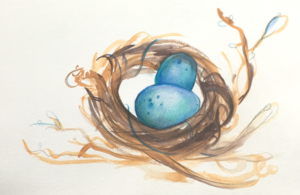 7 Days to a Steady Journal Practice Video Download
7 Days to a Steady Journal Practice Video Download$24.99$17.49 -
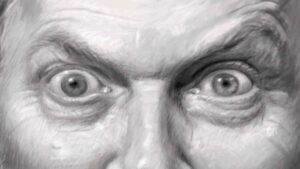 A Unique Approach To Portrait Drawing Course
A Unique Approach To Portrait Drawing Course$59.99$41.99 -
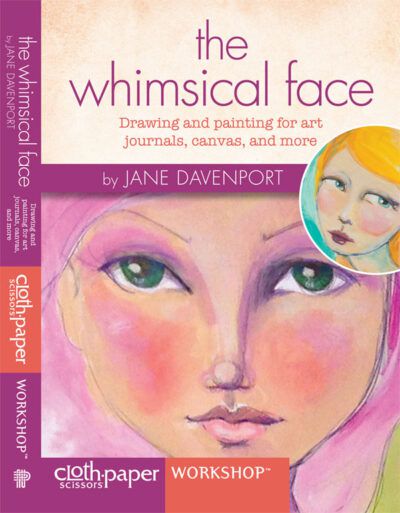 The Whimsical Face with Jane Davenport Video Download
The Whimsical Face with Jane Davenport Video Download$39.99$27.99 -
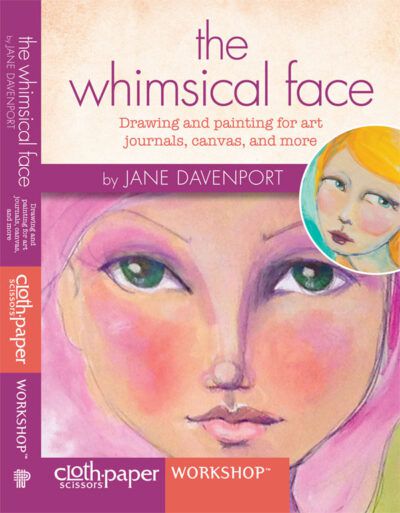 The Whimsical Face with Jane Davenport Video Download
The Whimsical Face with Jane Davenport Video Download$39.99$27.99 -
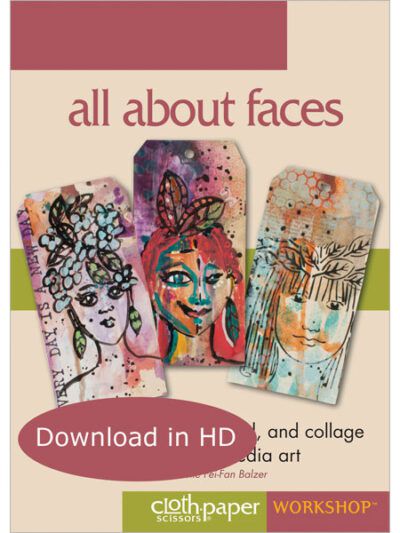 All About Faces: How to Draw, Paint, Stencil, and Collage Faces in Mixed-Media Art Video Download
All About Faces: How to Draw, Paint, Stencil, and Collage Faces in Mixed-Media Art Video Download$24.99$17.49 -
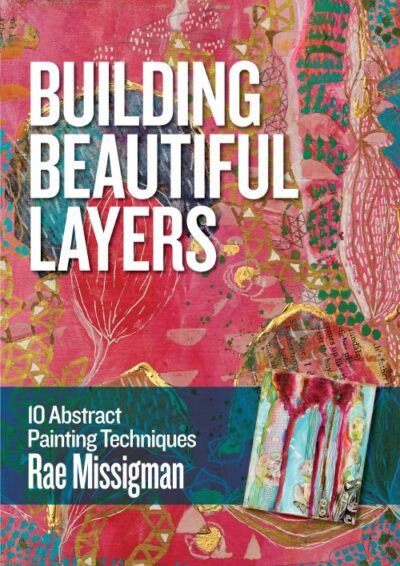 Building Beautiful Layers Video Download
Building Beautiful Layers Video Download$24.99$17.49 -
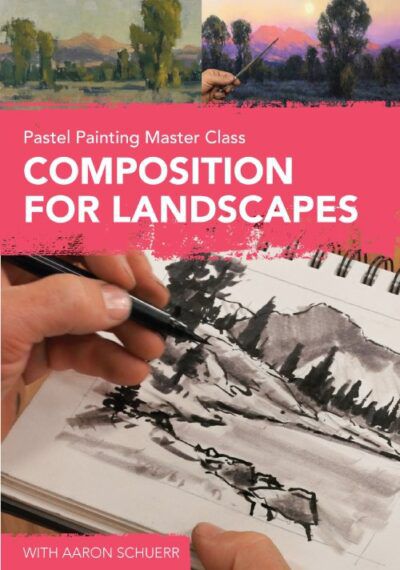 Pastel Painting Master Class: Composition for Landscapes Video Download
Pastel Painting Master Class: Composition for Landscapes Video Download$24.99$17.49

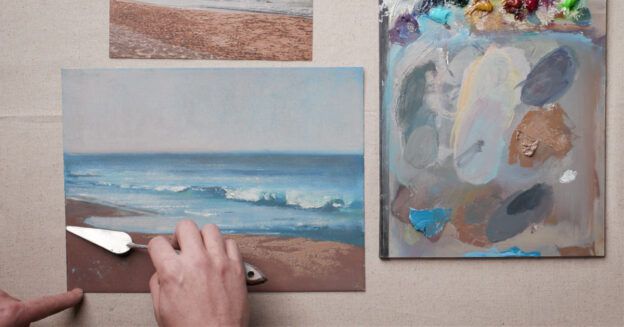
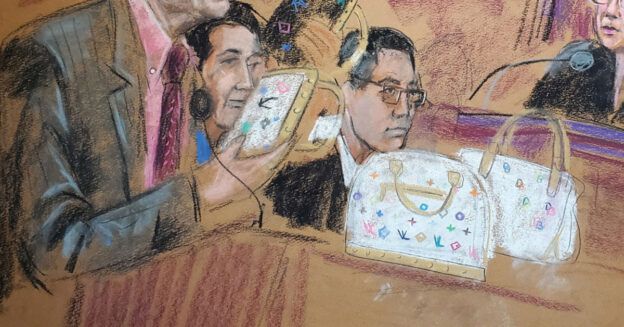
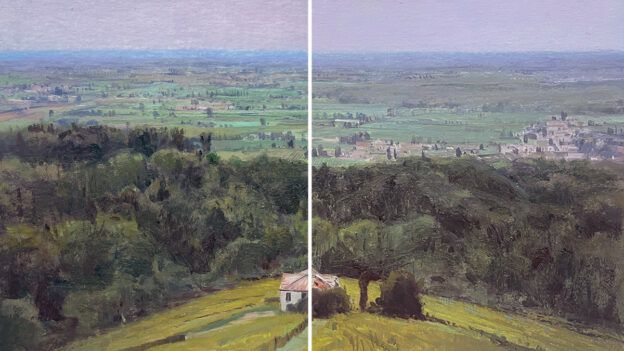

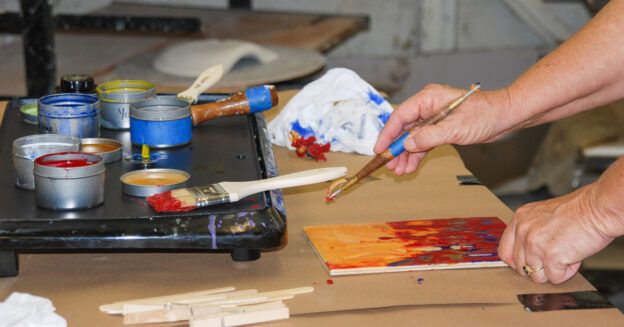
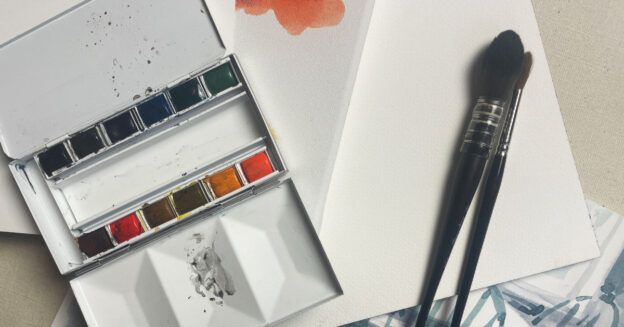
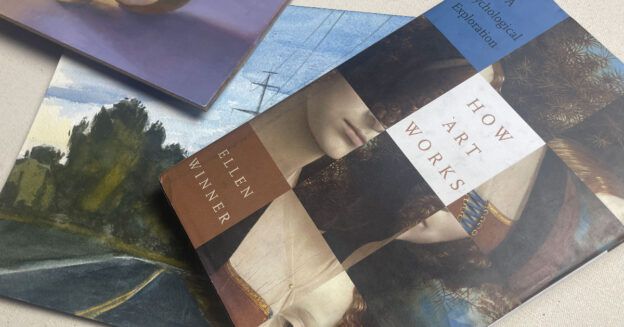
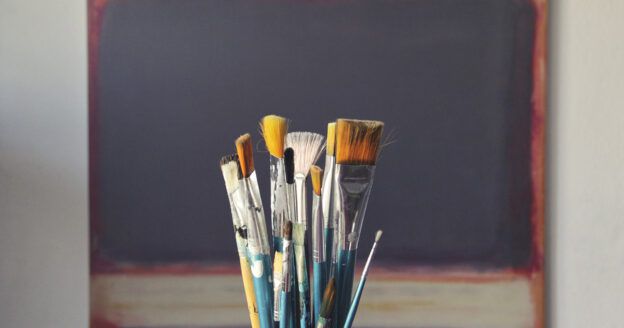




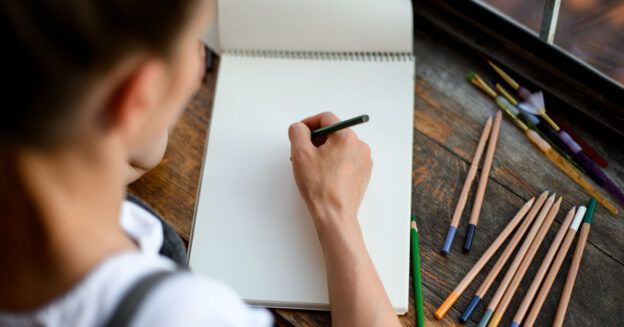
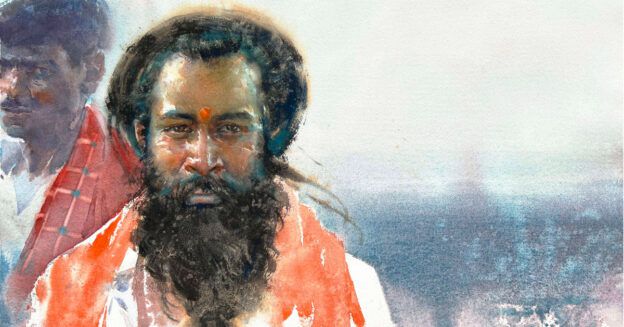

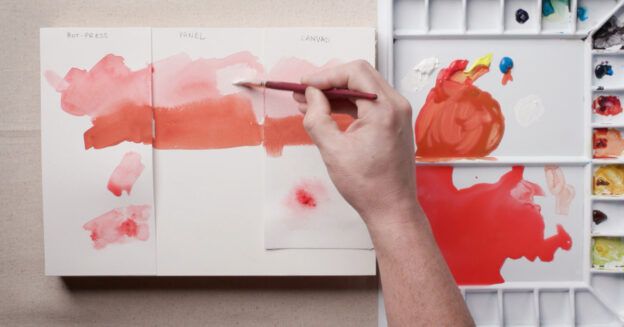
Join the Conversation!